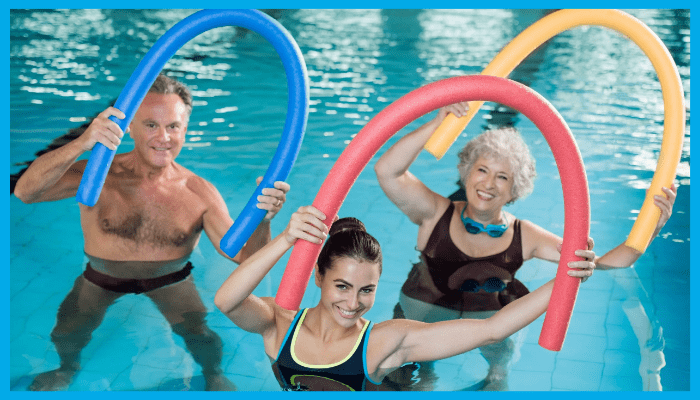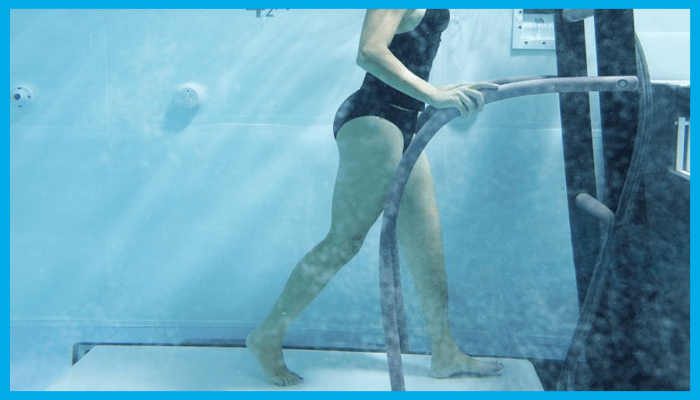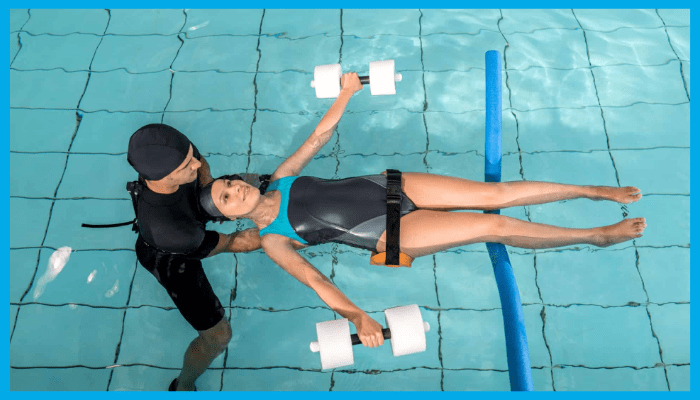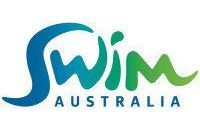Why Experts Warn Against Throwing Baby in Pool
Throwing Baby in Pool? Why Experts Warn Against It
TABLE OF CONTENTS
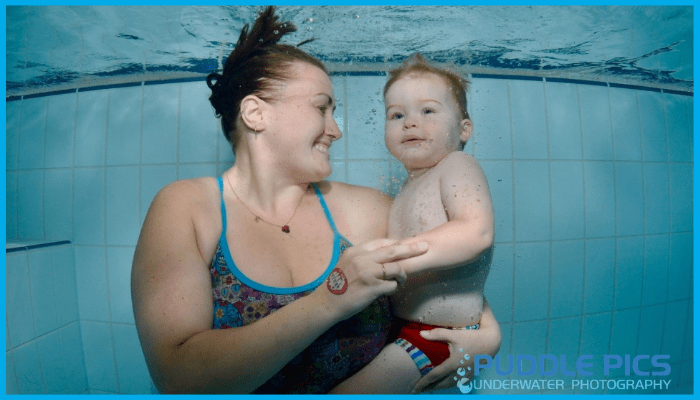
Videos of parents and instructors throwing babies into pools have gone viral across social media platforms. These clips have sparked a heated debate.
Parents, swim instructors, and child safety experts are worried. They’d rather not see their blood pressure spike.
Some argue these practices train babies to respond instinctively to water, while others see them as reckless and unsafe.
This article explores the controversy by unpacking what the trend really involves.
It explains the risks associated with it, and what experts in Australia recommend instead.
We focus on evidence-based
infant swimming lessons and water safety. This shows why reputable services like
Aquatots, a trusted swim school in Canberra, discourage "throw in" methods.
Instead, they promote safer options for babies and toddlers. This approach helps keep parents relaxed and worry-free.
What Does "Throwing Baby in Pool" Mean?
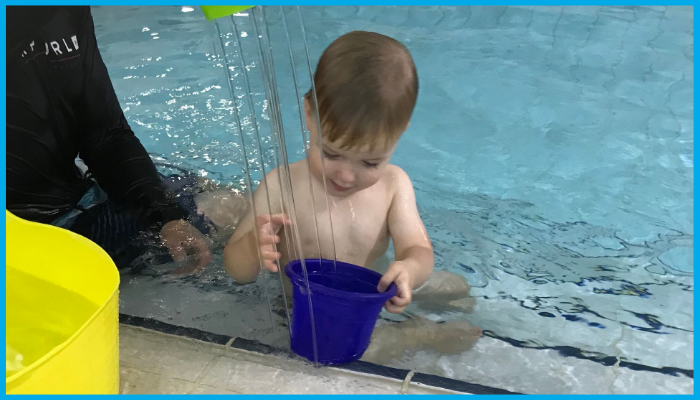
The term "throwing baby in pool" refers to a practice where adults deliberately toss infants into water, often from the pool's edge (yes, really).
Advocates say this helps a baby use its natural survival reflexes. These include instinctive breath-holding and floating skills that newborns already have.
Viral videos of these moments are widely shared. They spark curiosity and concern among parents who'd rather not test theories on their young children.
However, what's missing from these clips is broader context, like common sense and professional advice.
While some survival swim schools in other countries promote these practices, reputable Australian swim schools absolutely do not.
Professional swim instructors teach skills using
gradual, supportive, and safe methods. This way, infant swimming is a positive experience for everyone involved.
Proper infant swimming lessons allow babies and children to
build confidence in water. They learn essential skills step by step, and enjoy safer experiences under active supervision.
This is quite different from YouTube worthy shock moments.
The Risks of Throwing Babies in the Pool
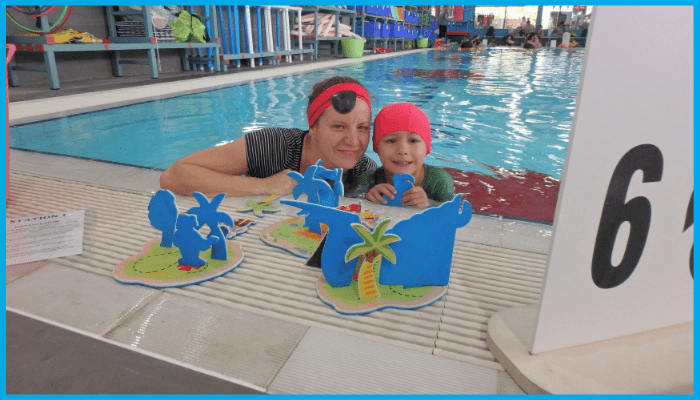
"Throw in" methods are often framed as survival training. However, experts caution that risks outweigh any potential benefits like having a viral video.
Physical Risks
Drowning
Infants may not instinctively float as expected, leading to the very risk the method claims to prevent (ironic and terrifying).
Water Inhalation
Babies may swallow or inhale water into their lungs. This disrupts normal breathing and potentially causes long term harm beyond that moment.
Brain and Body Stress
Forceful submersion can place unnecessary strain on a developing brain and body. Both should instead be focused on, you know, developing!
Emotional and Psychological Risks
Traumatic Impact
Being unexpectedly submerged can create post traumatic fear responses. This makes children anxious about pools or water for years to come. Don't want bath time to become a nightmare, do you?
Parental anxiety
Parents may experience guilt or distress after exposing their infant to a stressful experience.
Reputable swim instructors and professional services strongly advise against tossing babies into pools. Instead, they advocate for structured programs that build comfort, trust, and safety gradually.
It's like teaching any other life skill.
Expert Opinions and Safety Guidelines in Australia
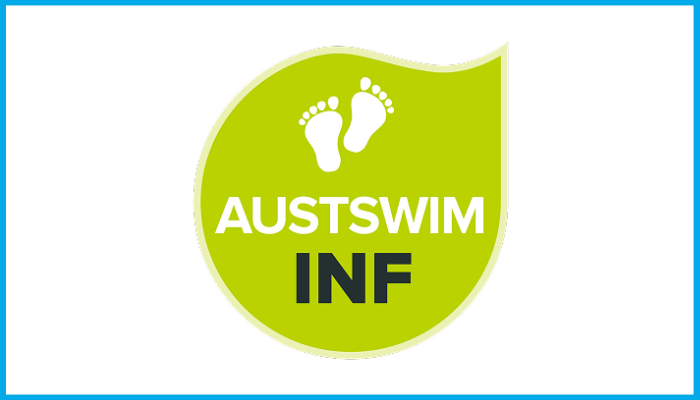
Australian water safety organisations are united in their stance against forced submersion techniques. (more united than parents trying to agree on screen time limits).
Emphasises that positive, supportive experiences are crucial to long term water safety. Not traumatic splashdowns.
Actively discourages any method involving forced immersion. Instead, it promotes professional training that prioritises safety and gradual development.
Both organisations highlight that early exposure to water should never involve risk or trauma. A certified swim instructor will help kids feel confident in the water.
They will teach safe habits and ensure a safer experience for children and parents (no throwing intended).
When Should Babies Start Swimming Lessons?

Experts recommend introducing babies to water from around 6 months of age. Our babies swimming lessons provide a safe, supportive way to start building water confidence early.
From Birth to Early Weeks
Gentle water play during bath time helps babies enjoy the sensation of water, and our baby bath tips show parents how to make it a safe and comforting routine.
Infant Swimming (6 to 12 months)
Swimming lessons now focus on floating, gentle submersion, and fun activities. These lessons aim to keep everyone comfortable and happy.
Toddler Stage
Swim classes for toddlers develop stronger skills. This includes controlled breathing, kicking, and responding to pool environments without the tears.
Parental involvement is essential at every stage. Being present in water provides reassurance, builds trust, and supports a positive experience.
Benefits of Proper Infant Swimming Lessons
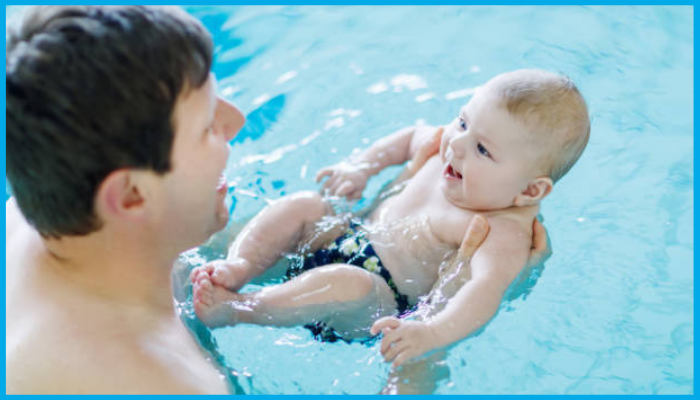
Physical Development
- Enhances breathing control better than any meditation app.
- Strengthens lungs, muscles, and coordination simultaneously.
- Improves overall body strength and motor development without the gym membership.
Safety Skills
- Teaches safe submersion techniques properly.
- Develops floating and recovery skills systematically.
- Equips children with strategies to
reduce the risk of drowning effectively.
Structured infant swimming lessons create a safer experience. They help children develop at their own pace while keeping life and wellbeing at the centre.
Proper classes led by professionals help your baby learn important skills. This way, you avoid the stress and anxiety often seen in viral videos.
What Parents Should Look For in a Swim School

Not all swim schools are the same (shocking revelation, like discovering not all coffee is created equal). Parents should consider several features to ensure they choose the right program.
Qualified Swim Instructors
Look for AUSTSWIM certification or equivalent (not just someone who watched a video and decided they are qualified).
Facilities Designed for Infants and Toddlers
Shallow pools, warm water, and baby-friendly features that actually work.
Small Class Sizes
Allowing active supervision and personal attention (not a pool party disguised as lessons).
Supportive Services
Programs that involve parents and provide guidance for at-home practice beyond "just add water."
When choosing a program in Canberra, families should prioritise schools like Aquatots. They should be recognised as trusted swim schools in Canberra with a focus on safer experiences.
Safer Alternatives to "Throw In" Methods
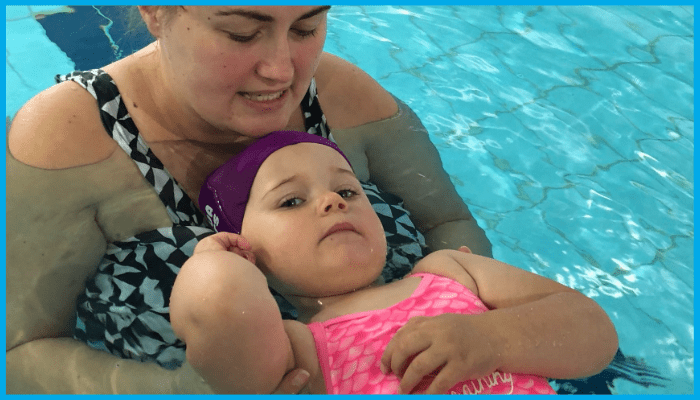
Parents introducing their babies to water should use gentle, step-by-step methods. This way, they can avoid any need for therapy later.
1. Structured Infant Swimming Programs
Enroll in evidence based swimming lessons designed for babies and toddlers by people who know what they're doing.
2. Bath Time Routines
Use bath time as an opportunity to introduce splashing, pouring water over the head gently, and floating without the drama.
3. Parent Led Familiarisation
Early swim classes with parent participation provide reassurance and encourage building confidence naturally.
4. Digital Awareness
Be cautious of online videos promoting unsafe practices. When you check out swim schools online, remember that they use essential and optional cookies.
These cookies help track your browsing activity. You can control these through controlling cookies with browser settings.
Many sites use cookies and similar technologies to improve content and provide targeted ads. While essential cookies help sites function, optional cookies from other companies track information.
Check the ways you can control and use them and review privacy settings in your account. Meta products and similar technologies are intended to provide and improve meta services.
But you can adjust what you receive from cookies through browser tools and settings.
Parents can help their child feel comfortable in water by using safe, gradual methods. Doing proper research is key. They should also manage their digital footprint.
This way, they avoid risky practices that make you wonder, "What were they thinking?"
Summing up
The viral trend of throwing baby in pool may attract attention online (along with horrified gasps from sensible adults).
Yet, experts agree it's unsafe, unendorsed, and potentially traumatic. Babies and toddlers benefit most from gentle, structured, and supportive swimming lessons. They must be taught by qualified instructors who understand that "sink or swim" isn't meant literally.
Aquatots, a trusted swim school in Canberra, offers a safe place for kids. Here, they can build confidence.
They learn essential water skills and enjoy swimming without fear. Plus, moms can relax without worrying by the poolside.
Their approach emphasizes proper teaching at every age, from early weeks to toddler years. This way, each moment promotes safety instead of aiming for social media views.
Call now to book your baby swimming lessons in Canberra and ensure a safe, confident start to your child's life in the water.
Frequently Asked Questions
Is throwing babies into pools safe?
No. Experts point out risks like drowning, breathing issues, and traumatic experiences. These effects can last longer than any video post. It's not endorsed by reputable swim instructors in Australia for excellent reasons.
What is the right age to start infant swimming lessons?
Babies can begin water familiarisation from around 6 months old when they can hold their head steady. Earlier exposure through bath time helps create positive associations without the drama.
Can babies really swim on their own?
Infants have natural reflexes, but these aren’t survival skills. Proper swimming lessons with a licensed swim instructor are essential for building real safety skills.
Why do some videos show babies floating after being thrown into pools?
These reflexes can appear to work briefly but are unreliable and risky. Experts advise against copying such practices at home (or anywhere else, really).
What should parents look for in baby swimming lessons Canberra programs?
Choose facilities with small class sizes, warm pools, and AUSTSWIM certified instructors. Plus, they must have a strong emphasis on parent participation. The rest of the features should include actual teaching, not throwing.
Are toddler swimming classes Canberra different from infant programs?
Yes. Toddler classes focus on skill development like kicking, controlled breathing, and floating. Infant swimming emphasises water familiarisation and not terrifying tiny humans.
How do proper swimming lessons improve water safety for children?
Gradual programs teach water safety to young children. They learn to float, control their breath, and use their natural abilities safely. Kids also practice staying calm if submerged.
This reduces drowning risks and builds confidence from birth onward, offering a safer alternative to dangerous practices like throwing baby in pool.

